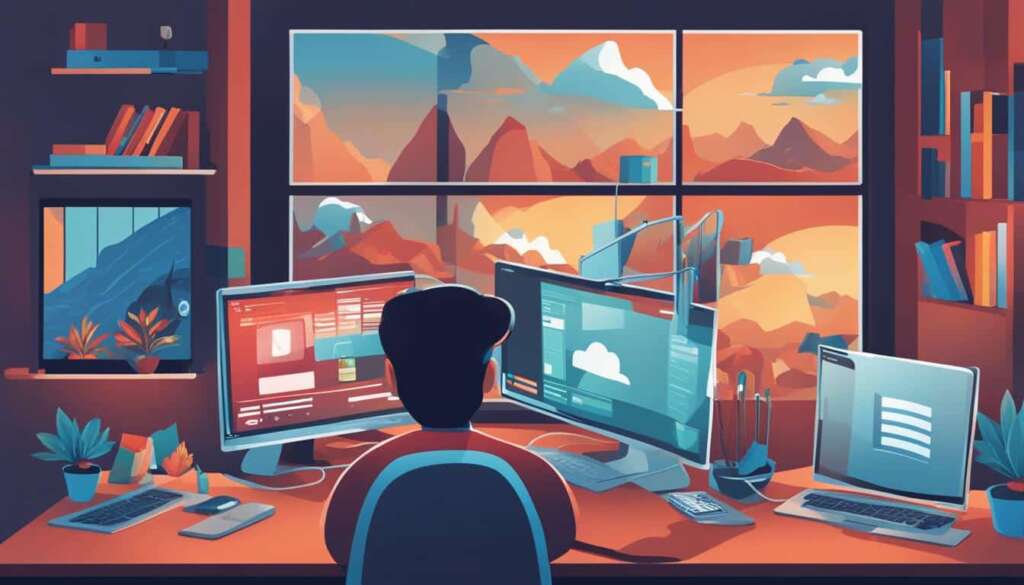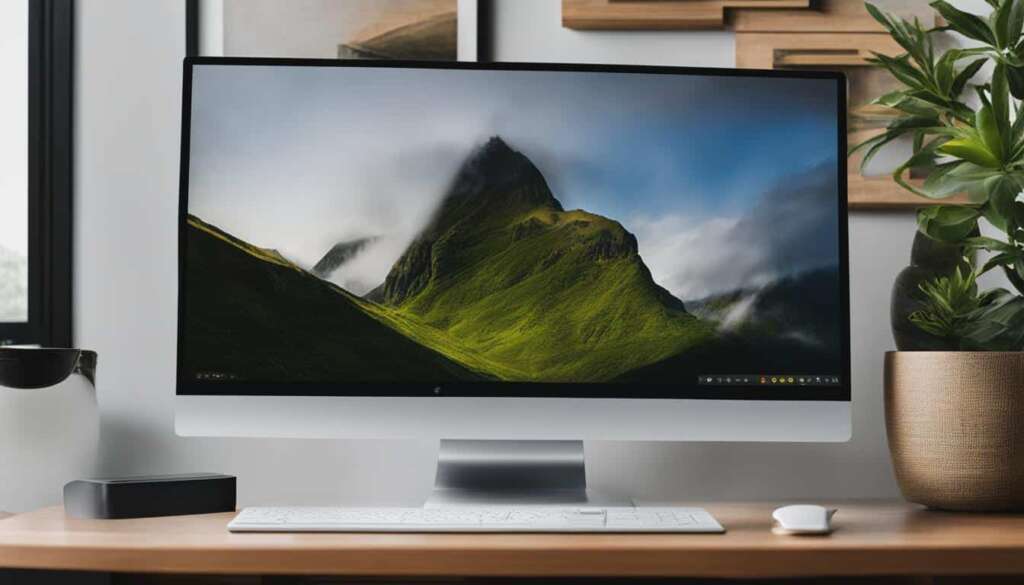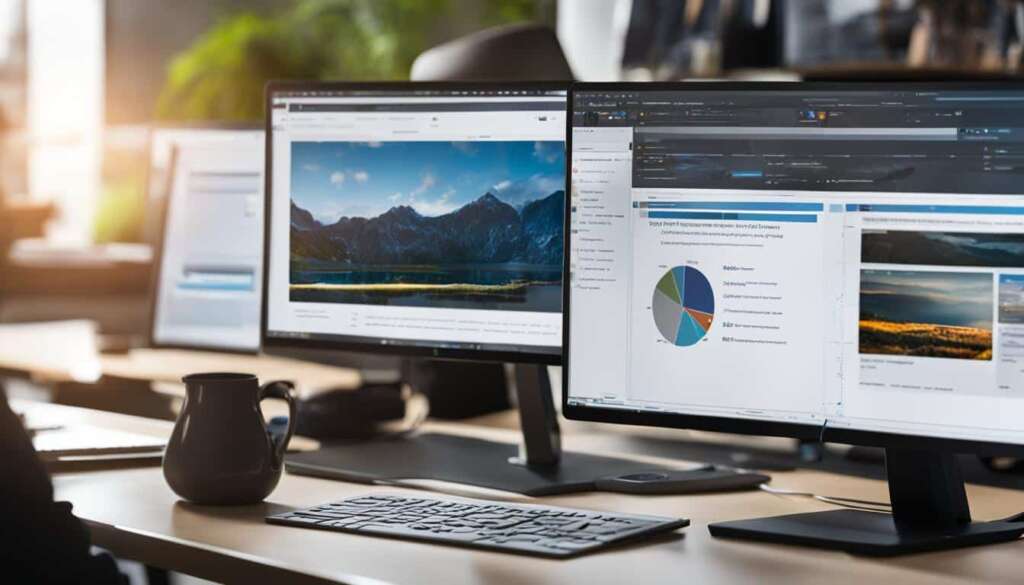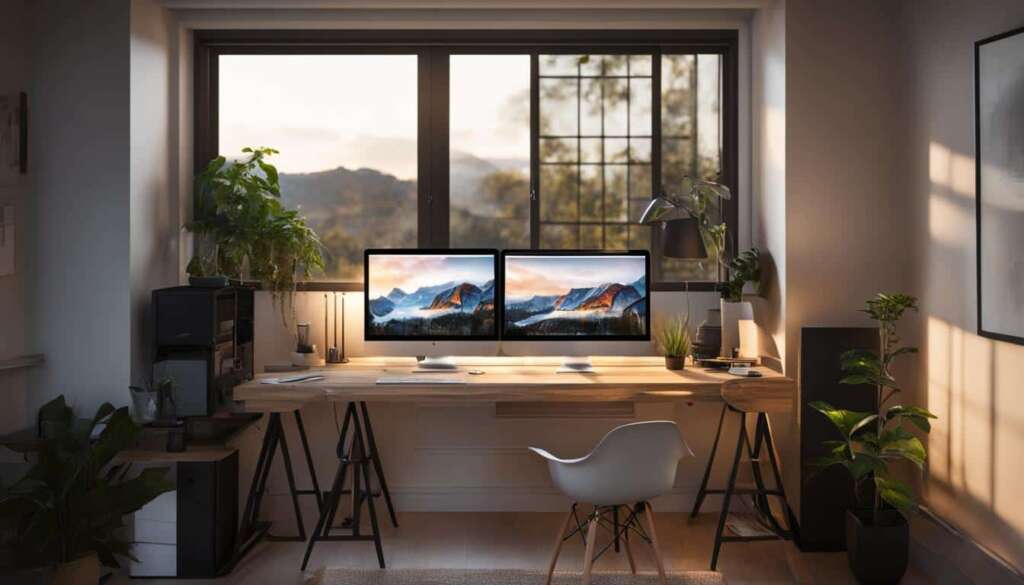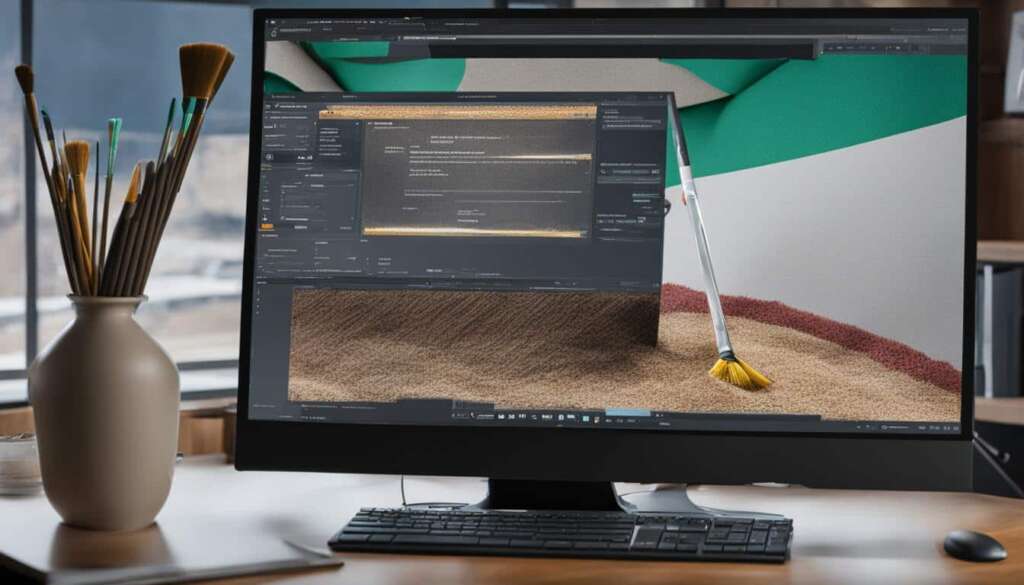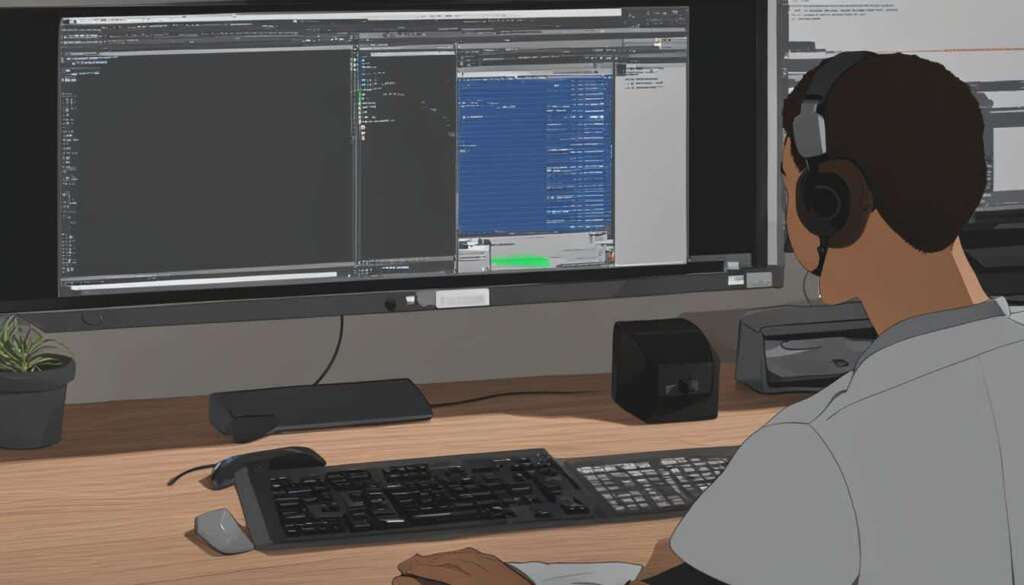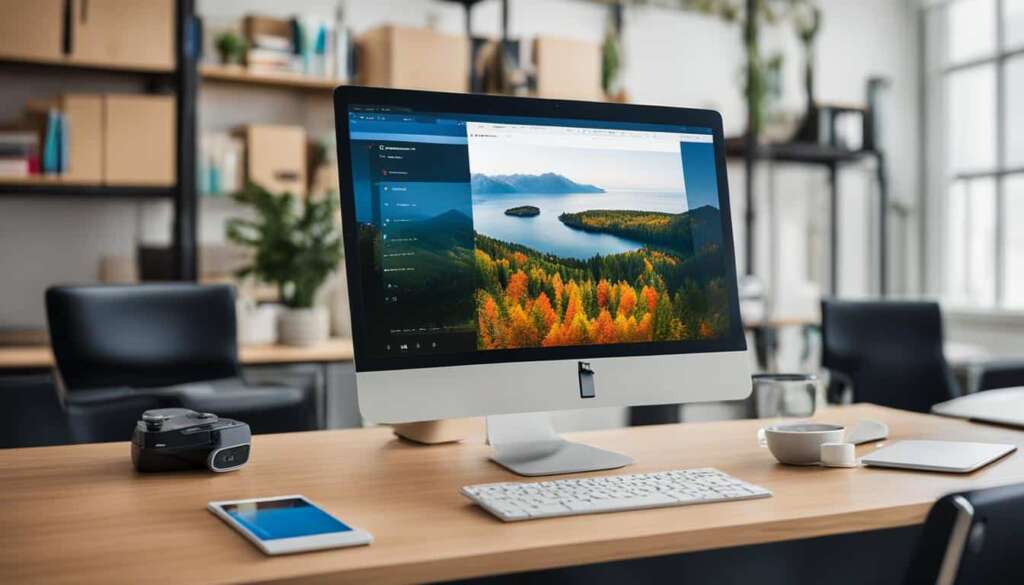Table of Contents
The ability to manage multiple windows on a PC is crucial for improved productivity and multitasking. In today’s fast-paced digital world, being able to view all open windows on your PC and switch seamlessly between tasks can significantly enhance your workflow.
In this quick guide, we will explore various features and techniques available in both Windows 10 and Windows 11 that can help you effectively manage your windows and make the most of your screen real estate.
Whether you’re a student, professional, or simply someone who wants to streamline their work process, learning how to manage multiple windows will undoubtedly improve your productivity.
Snap, Flip, and Task View in Windows 10
In Windows 10, users can take advantage of three powerful features – Snap, Flip, and Task View – to efficiently manage and navigate between multiple open windows. Let’s explore how these features can enhance your productivity and multitasking capabilities.
The Snap Feature
The Snap feature allows you to quickly resize and organize windows, enabling you to view two windows side by side. To use Snap, simply click and drag a window to the left or right edge of the screen. Once the cursor reaches the edge, the window will snap into place, occupying either half of the screen. This feature is especially useful when you need to refer to or work on two different windows simultaneously.
The Flip Feature
Switching between open windows is made effortless with the Flip feature. By pressing and holding the Alt key and then pressing the Tab key, you can cycle through all open windows. This allows you to quickly locate and select the window you want to switch to, making it a smooth and seamless transition. The Flip feature is particularly handy when you have numerous windows open and need to navigate between them swiftly.
The Task View Feature
With the Task View feature, you can have an overview of all open windows at a glance. By clicking the Task View icon on the taskbar or pressing the Windows key + Tab, a new interface will appear, displaying thumbnail previews of each open window. You can then easily click on any thumbnail to bring the corresponding window into focus. This feature grants you the flexibility to view and choose from all open windows, enabling effortless multitasking and efficient window management.
By utilizing the Snap, Flip, and Task View features, you can streamline your workflow, enhance productivity, and effortlessly manage multiple windows in Windows 10.
Virtual Desktops in Windows 10 and Windows 11
Both Windows 10 and Windows 11 offer the flexibility to create and manage virtual desktops, allowing users to separate tasks or projects into individual desktop environments. This feature is particularly beneficial for users looking to stay organized and focused.
One of the key advantages of virtual desktops is the ability to separate different tasks or projects into different desktops. By allocating specific desktops for each task, users can switch between them easily, eliminating clutter and improving workflow.
Furthermore, users can move windows between virtual desktops, keeping related tasks together. This allows for seamless transition between projects, without the need to constantly rearrange windows or switch between multiple screens.
“Virtual desktops provide a great solution for managing multiple tasks. I can assign one desktop for my design work and another for research, making it much easier to stay focused on each task without distractions.” – Jane, graphic designer.
Closing a virtual desktop in Windows 10 and Windows 11 is a simple process. In the Task View, users can locate the desktop they want to close and click the “X” button in the upper-right corner. This enables users to quickly declutter their workspace and focus on the active desktops that require attention.
Virtual desktops are especially valuable for users with a single-monitor setup, as they provide an effective way to manage multiple tasks without the need for additional physical screens.
Benefits of Virtual Desktops:
- Separate tasks into different desktops for improved organization
- Move windows between desktops to keep related tasks together
- Close virtual desktops easily to declutter workspace
- Enhanced productivity for users with a single-monitor setup
Image:
With the ability to create and manage virtual desktops, Windows 10 and Windows 11 provide users with a powerful tool for multitasking and enhanced productivity. By organizing tasks into separate desktops, moving windows between them, and easily closing virtual desktops when no longer needed, users can streamline their workflow and improve efficiency.
Customizing Desktops and Managing Multiple Windows in Windows 11
Windows 11 brings a host of exciting updates and features, making it easier than ever to manage multiple desktops. One of the standout features is the ability to customize the backgrounds of each desktop. This enables users to personalize their workspaces and quickly differentiate between different tasks or projects.
Another valuable addition in Windows 11 is the option to rename desktops. By giving each desktop a specific name, users can effectively organize their workspace and easily identify the desktop they need for a particular task. It’s a simple yet powerful feature that enhances productivity and streamlines workflow.
When it comes to moving windows between desktops, Windows 11 introduces a seamless process. The Task View feature allows users to effortlessly drag and drop windows from one desktop to another. This feature is incredibly useful when juggling multiple projects or when you want to keep related windows together for improved focus and efficiency.
With these customizability options and window management features, Windows 11 empowers users to take full control of their desktops. Whether it’s tailoring the backgrounds to suit personal preferences or easily moving windows between desktops, Windows 11 provides a user-friendly interface that enhances multitasking capabilities and maximizes productivity.
FAQ
How can I manage multiple windows on my PC to improve productivity and multitasking?
To manage multiple windows on your PC, you can utilize various features and techniques available in Windows 10 and Windows 11. These include the Snap feature for resizing and viewing two windows side by side, the Flip feature for switching between open windows, and the Task View feature for a comprehensive view of all open windows. Additionally, you can create and manage virtual desktops to separate tasks and projects, move windows between desktops, and customize backgrounds in Windows 11.
How do I use the Snap feature in Windows 10?
To use the Snap feature in Windows 10, simply click and drag a window to the left or right edge of the screen. The window will snap into place, allowing you to view two windows side by side. This feature is helpful for multitasking and comparing information between two windows.
How can I switch between open windows in Windows 10?
In Windows 10, you can use the Flip feature to quickly switch between open windows. Press and hold the Alt key, then press the Tab key to cycle through the open windows. This allows you to easily navigate and access different windows without having to use the mouse.
What is the Task View feature in Windows 10?
The Task View feature in Windows 10 provides a comprehensive view of all open windows. To access it, click on the Task View icon in the taskbar or use the Windows key + Tab shortcut. From the Task View, you can click and choose any window you want to work with, making it convenient to switch between applications and tasks.
How do I create and manage virtual desktops in Windows 10?
To create a virtual desktop in Windows 10, click on the Task View icon in the taskbar and select “New Desktop” at the top left corner of the screen. You can then move windows between desktops by dragging and dropping them in the Task View. To close a virtual desktop, click the X in the upper-right corner of the desktop in the Task View.
What are the advantages of using virtual desktops in Windows 10 and Windows 11?
Virtual desktops allow you to separate different tasks or projects into individual desktops, making it easier to stay organized and focused. You can move windows between desktops, keeping related tasks together. This feature is especially helpful for users with a single-monitor setup, as it expands your screen space and lets you switch between tasks seamlessly.
What new features for managing multiple desktops are available in Windows 11?
Windows 11 introduces new updates and features for managing multiple desktops. You can now customize the backgrounds of each desktop, making it easier to differentiate between workspaces. Renaming desktops in Windows 11 helps keep the workspace organized and allows you to have a dedicated desktop for each specific task or project. You can move windows between desktops through the Task View, simply by clicking and dragging them to the desired desktop.
How can I improve productivity by managing multiple windows in Windows 11?
With the features in Windows 11, such as customizable desktop backgrounds and dedicated desktops for different tasks, you can enhance your overall experience of managing multiple windows. By staying organized and focused, you can boost productivity by easily switching between different projects and keeping related windows together.

